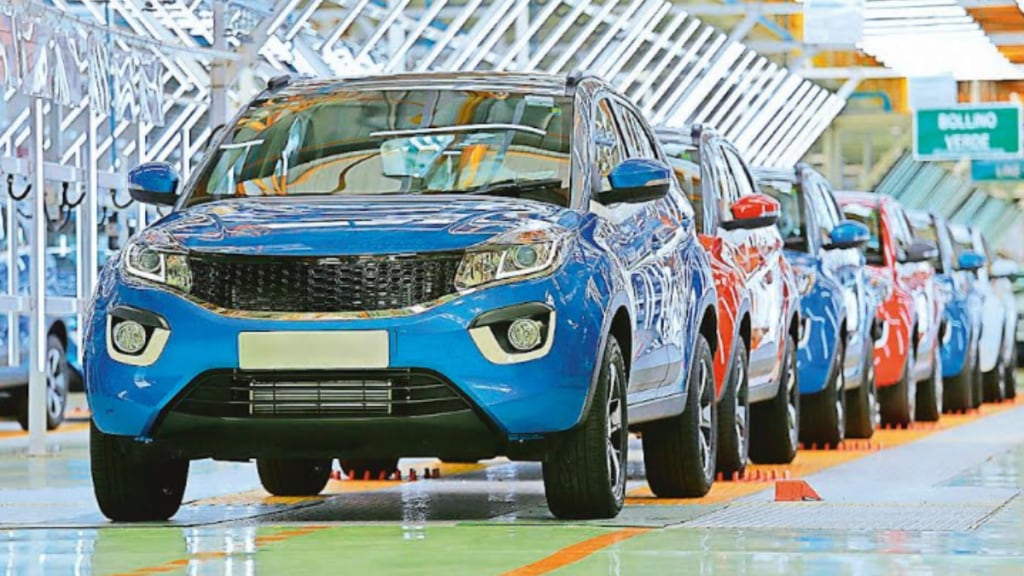By Mohan Savarkar
India’s passenger vehicle (PV) market is in the midst of a seismic shift caused by economic development, social media, rising disposable incomes, and changing consumer preferences. The previous focus on being affordable and providing basic functionality is evolving into sophisticated, feature-laden, and high-end demand. Consumers are now defining their buying needs in terms of quality, innovation, and premium experience. These signals indicate that India’s automobile market is entering a new phase with value viewed through aesthetic appeal, safety features, technology innovation, comfort, and luxury.
The Indian PV market is experiencing a strong appetite for premium vehicles, which now represent a larger proportion of overall vehicle sales. Premium and luxury vehicles experienced significant growth at almost twice the rate, giving further evidence of an important shift in customer preference.
Market surveys indicate that over 85% of current buyers will consider premium vehicles. Having recognized this premium opportunity, auto manufacturers are intensifying efforts to launch vehicle variant line-ups that move beyond just a single base model and premium version category. By multiple top-end trims, automakers accommodate customer diversity and price points while maximizing revenue and meeting the demand for advanced features. The evolving definition of value is becoming wider, where price alone is no longer a key driver.
Premiumisation is no longer limited to just sedans and SUVs. It has also entered the traditional entry-level space of the hatchback segment, where consumers typically enter the automotive ecosystem. Automakers are now reimagining hatchback design to incorporate premium elements that were once reserved for higher segments. Contemporary hatchbacks stand out with bold styling, dual-tone paint options, LED headlamps, alloy wheels, touchscreen infotainment systems, automatic climate control, multiple airbags, voice-enabled technologies, and more in their top variants. These features enable the segment to compete with higher-priced categories, offering buyers an ideal blend of practicality and style.
To ride the premiumisation trend, automotive brands have also started to rethink their product and marketing strategy, as consumers look for more premium options in their automotive purchasing process. New car launch campaigns are now focusing on the fully loaded variants, showcasing luxury features, safety features, and technology features to attract aspirational buyers. Automakers are also shifting their branding focus from the corporate identity to a lifestyle-driven narrative, associating their vehicles with quality, innovation, and exclusivity. This helps them connect more effectively with consumers who have higher disposable incomes and value a premium ownership experience.
The boom in premiumisation in India’s PV market showcases a broader evolution of mindset as buyers begin seeking vehicles that are the embodiment of their hopes, aspirations, status, and lifestyle. As technology becomes more affordable and the demands of consumers rise, automakers will need to invest more time and money into research and development, localised production, and technology integration to provide differentiated, premium products with proper value.
The author is vice-president and chief product officer, Tata Motors Passenger Vehicles.


